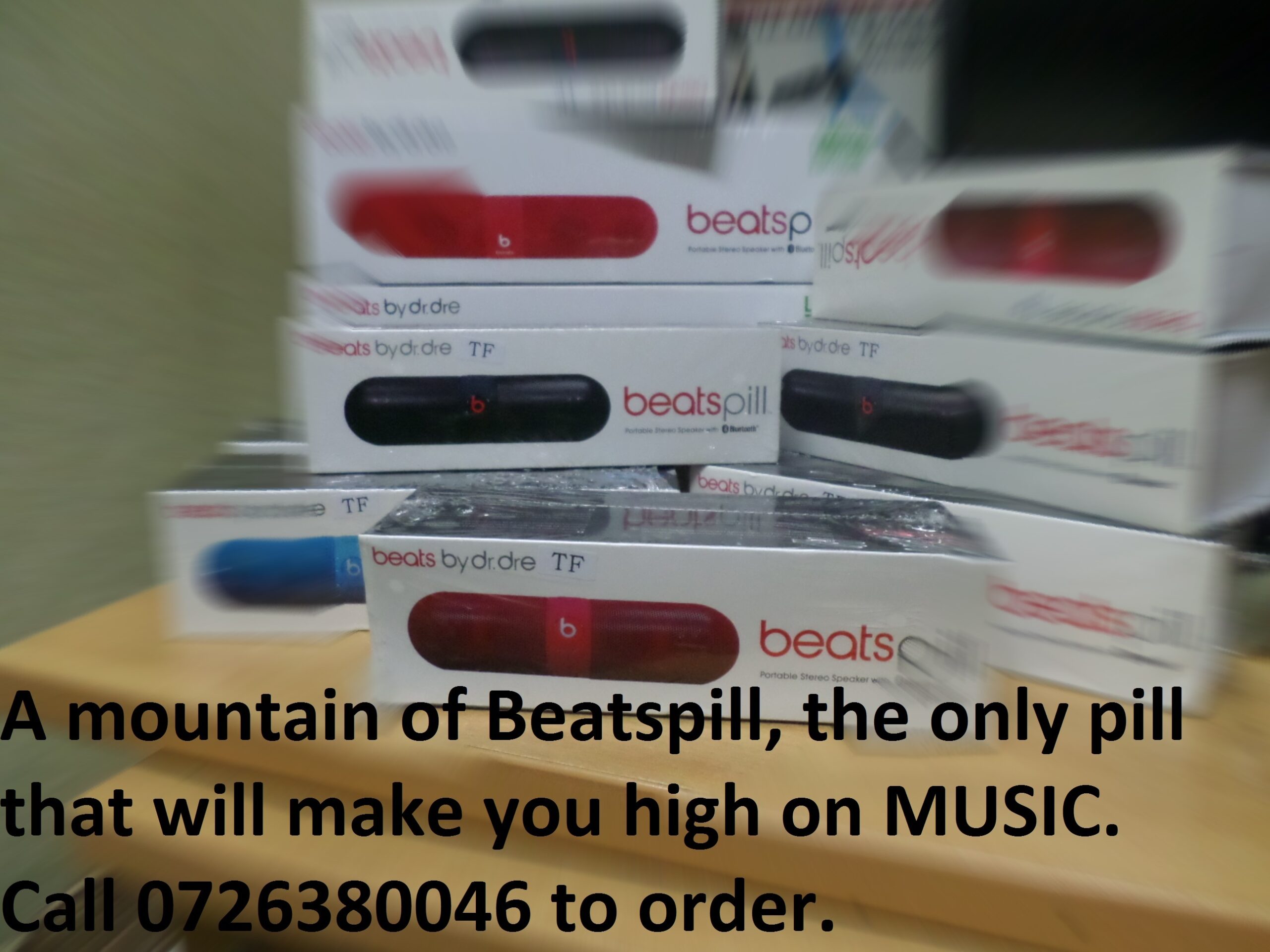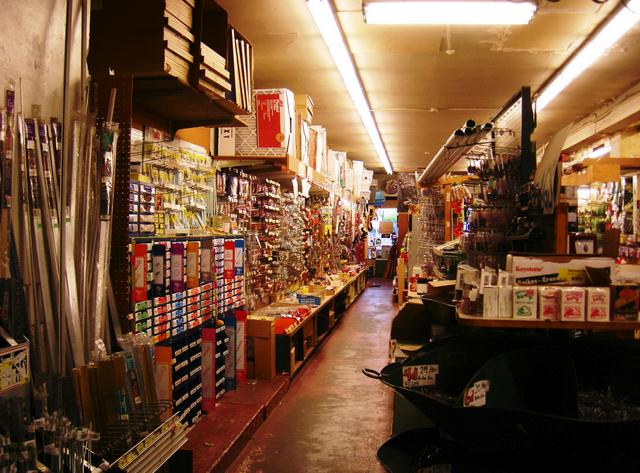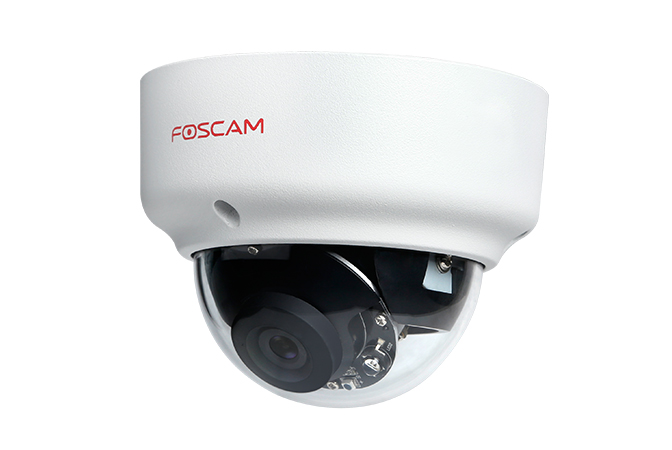Orange san Francisco
KSh 8,000
Details
Location
Nairobi
Address
nairobi
Posted
3 days ago
Description
The most striking thing about the Blade is it



